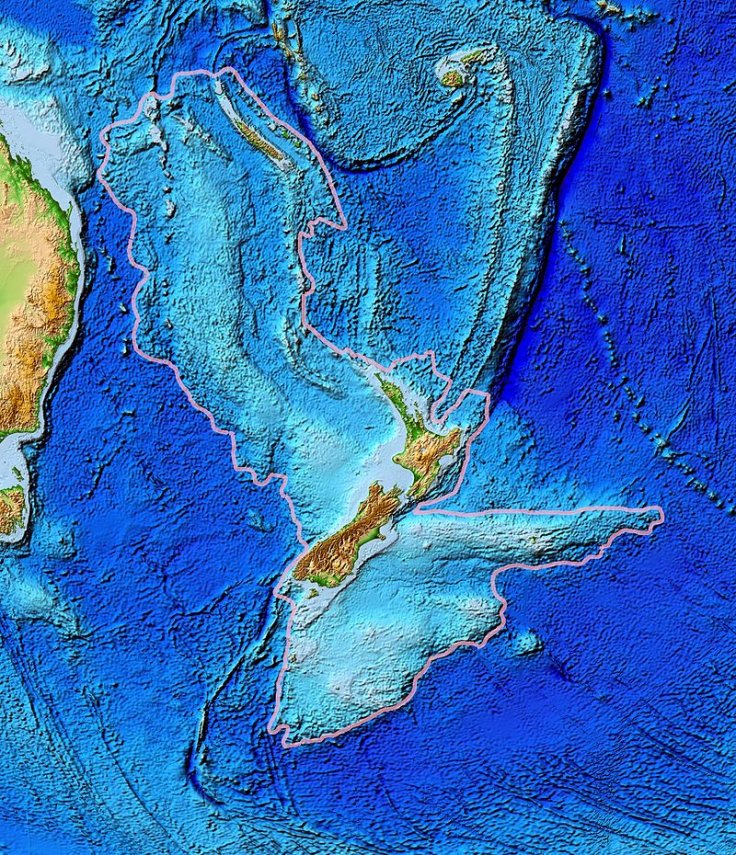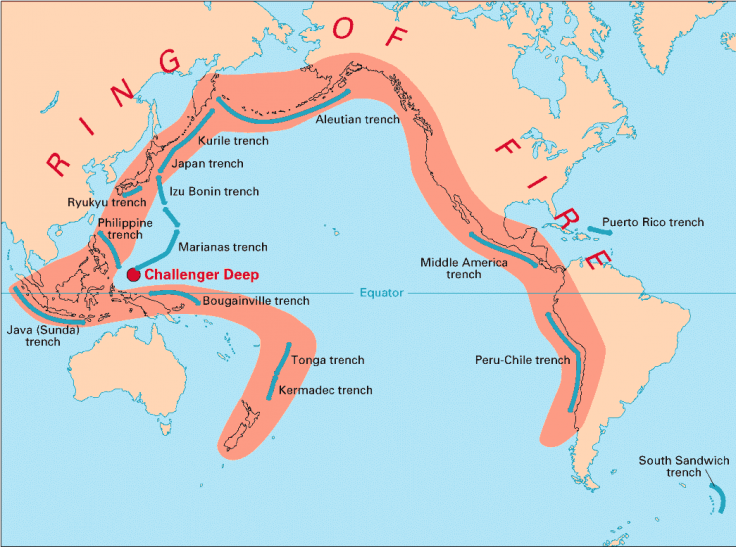Zealandia is a long and narrow microcontinent which is mostly submerged in the South Pacific Ocean. The microcontinent, which is a landmass that has broken off the main continent, is about half the size of Australia but the surprising fact is only seven percent of the landmass is above the sea level. This hidden undersea continent faced extreme changes at the time of the birth of the Pacific Ring of Fire in its 85-million-year lifetime.
The undersea hidden continent

While part of this continent is on the Australian plate, the other part is on the Pacific plate. Zealandia is a very tectonically active region and its northern part is very volcanic. It has six major areas with active volcanoes. It should be mentioned that it is North and South Islands have volcanic mountain ranges running through their centres.
Zealandia is almost entirely beneath the ocean, except the areas like New Zealand and New Caledonia. Instead of magnesium- and iron-rich oceanic crust, the continent is made of less-dense continental crust.
Odd geology of Zealandia
Even though scientists knew about this geological facts since the 1970s, recently researchers have explored the continent to find out more about Zealandia, which separated from the supercontinent Gondwana around 85 million years ago. As per a study published in the journal GSA Today in 2017, the researchers have revealed that it is considered as a continent, thanks to its structure and its clear separation from the Australian continent.
As per a new study, scientists who analysed underwater chunks of the continent has revealed that Zealandia underwent a paroxysm of change between 35 million and 50 million years ago. As the continental collision process began in the western Pacific, parts of northern Zealandia rose by as much as three kilometres and other sections dropped in elevation by a similar amount. It should be noted that such a collision process happens when one tectonic plate collides with another and sinks underneath it.
The new study and findings
Both the authors of the study, Rupert Sutherland, a geophysicist at Te Herenga Waka-Victoria University of Wellington and Gerald Dickens of Rice University in Texas mentioned in The Conversation that these geological changes in northern side of the continent, which is an area about the size of India, "Coincided with buckling of rock layers (known as strata) and the formation of underwater volcanoes throughout the western Pacific."
The researchers also revealed that it was the birth of Ring of Fire, which circles the Pacific. Its tectonic activity is accompanied by frequent earthquakes and regions of volcanic activity. In a statement, Sutherland said that during the study they found the "Early signs of the Ring of Fire were almost simultaneous throughout the western Pacific."

While using tiny fossils in the collected sediments from Zealandia, the researchers were able to note down the elevation of the sediments at the time they were laid down. They found that at three sites in the north of the continent the sediments from between 35 and 50 million years ago contained fossils which suggested shallow reef ecosystems. These sites today sit in the middle of the Tasman Sea near Lord Howe Rise.
The researchers also found single-celled plankton species that live in deeper waters, from the New Caledonia which indicated that the elevated of Zealandia had dropped in the same 35- to 50-million-year time frame.
However, the team of researchers now suspect that the changes in Zealandia at this time were part of a larger disturbance which quickly led to the Ring of Fire's formation subduction zones around the western Pacific. Sutherland said that "Something happened that locally induced movement, and when the fault started to slip, like in an earthquake, the motion rapidly spread sideways into adjacent parts of the fault system and then around the western Pacific."









